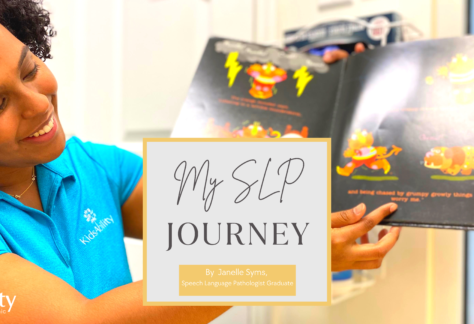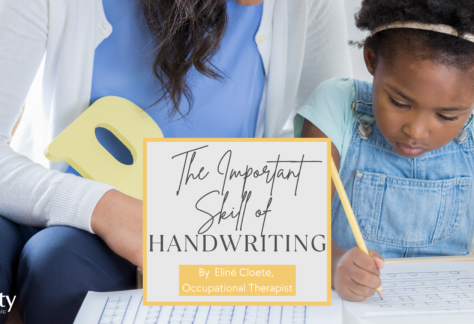Blog


Visual Perception
Mareli Joubert, Occupational Therapist
“Visual perception is defined as the total process responsible for the reception (sensory functions) and cognition (specific mental functions) of visual stimuli.” (Case-Smith, O-Brien)
Visual perception consists of the visual-receptive component and the visual-cognitive component.
Visual-receptive component refers to how we receive and organize visual information, about the world around us, through our visual receptors. The information is then sent to our brains, where it is interpreted, coded, and organized for us to make sense of what is being seen. This process is called the visual-cognitive component. We understand and know what we see through the combined efforts of these two components, and they are both needed for functional vision. In this blog post, we are going to focus on the latter.
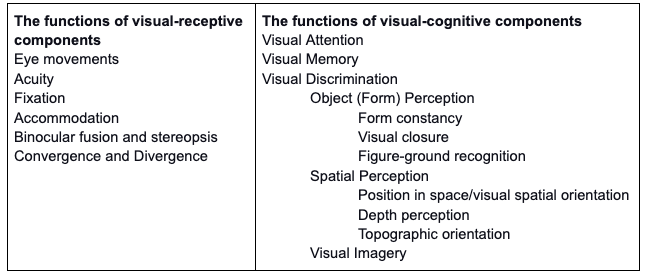
Why is visual perception important?
Visual perceptual skills enable identifying and recollecting objects, shapes, and colors. It allows us to make clear sense of objects’ configuration, spatial properties, and size. Without sufficient visual perception, people can find it difficult to navigate through their day-to-day life.
Children’s areas of occupational performance in activities of daily living, such as self-care, school, learning, play, leisure, and social interaction, can be impacted by visual perceptual difficulties.
These difficulties can often present as:
- Difficulties with reading, writing, doing mathematics, and handwriting
- Struggles to copy from the board
- Find it difficult to remember numbers
- Problems building blocks or puzzles
- Not able to tie shoelaces
- Trouble putting on and taking off clothes
- Difficulties finding objects
- Struggles to put toothpaste onto a toothbrush
- Finds it difficult to match socks
- Trouble folding and sorting clothing
- Difficulties tying buttons
Activities for development of Visual perceptual skills
Visual Discrimination
Visual discrimination refers to the ability to identify and recognize differences and similarities in visual images—for example, the ability to discriminate between shape, color, position, and form.
Example:
Which of the designs below is like the one at the top in the blue circle?
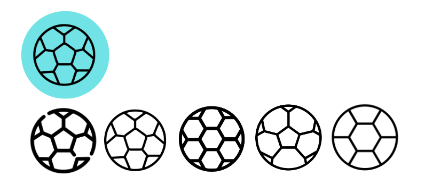
Activities:
- Play spot the difference games where they have to circle the differences between two similar pictures.
- Matching activities- Provide your child with pairs of similar pictures and let them find and match the same images. Let your child match socks.
- Sorting activities. Let your child sort objects like Lego blocks according to color and size.
- Let your child match colored pictures with their shadows.
- Let your child order objects of various sizes (like blocks, toys, pencils, or other objects) from smallest to largest.
- Building puzzles
Visual Memory
Visual memory refers to the ability to retain and recall a visual form after a short interval.
This skill is important for recognizing and remembering letters and numbers and sight words. It is also important to remember what was seen when copying from the board.
Example:
Look at the design in the blue block for a few seconds and try to remember it. Now cover the design and show which one it was.

Activities:
- Place matching cards in a random order face-down on a table. Each of the players gets a turn to look at two cards. If you find the matching pair, you get to keep the cards.
- Place a few household items on a table (pencil, paper clip, eraser, coin, button). Let your child look at the items for a few seconds and then cover them up. Ask the child to name the object that they saw.
- Place a few household items on a table (pencil, paper clip, eraser, coin, button). Let your child look at the items for a few seconds, cover them up, and remove one item. Ask your child to name the item that has been removed.
- Let your child look at a detailed picture for a few seconds. Remove the picture and ask your child what they saw.
- Let your child close their eyes and describe the room they are sitting in.
Spatial relations
Spatial relations refer to the ability to perceive where objects and forms are in space in relation to oneself and/or other objects.
Example:
Which picture is different from the rest?

Activities:
- Hopscotch
- Board games like snakes and ladders and chess
- Building and navigating through an obstacle course
- Draw different arrows on a page and ask your child to point and name the direction that the arrow is pointing.
- Pegboard activities
- Construction games like playing Lego or copying designs using blocks.
Form Constancy
Form constancy refers to the ability to determine changes in size, shape, and orientation and to establish that forms are the same in different environments.
Example:
Where can you find the same design as in the blue circle? The design can be smaller, larger, darker, or turned around.

Activities:
- Looking for different objects in a room with the same shape (e.g., circle – plate, clock, button, CD)
- Print pictures of household objects and get your child to match the image with the real object.
Sequential Memory
Visual sequential memory refers to the ability to retain a sequence of visual objects and recall them after a short time.
Example:
Look at the designs in the blue block for a few seconds and try to remember them. Now cover the design and show which sequence it was.

Activities:
- Place a few household items on a table (pencil, paper clip, eraser, coin, button). Let your child look at the items for a few seconds and then cover them up. Ask the child to name the order of the objects that they saw.
- Show your child a sequence of cards, cover it up, and ask them to remember the cards they saw and place them in the correct order.
Figure Ground
Figure-ground perception refers to the ability to identify an object in a busy background. These skills are used when shifting focus from a piece of paper and a whiteboard when copying. It is also important to find a place in the copied words, particularly when a page or board is cluttered with information.
Example:
How many circles can you find hiding in the picture? 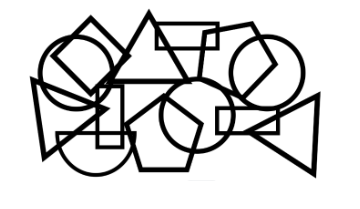
Activities:
- Word searches
- I Spy games
- Where’s Wally
- Building puzzles
- Playing games like pick-up sticks
Visual Closure
Visual closure refers to the ability to visualize and make sense of objects and shapes that are only partly visible.
Children who present difficulties with visual closure might find it challenging to find objects when only a part of them is visible. They also might require more time to recognize words.
Example:
If the picture in the blue block were completed, what would it look like?

Activities:
- Building puzzles
- Complete dot-to-dot worksheets
- Cut a picture into pieces and ask your child to put the pieces together
- Give your child an incomplete picture and ask them to draw the missing pieces
In conclusion
The perceptual skills discussed above are not independent from one another and perceptual tasks require us to use a number of different processes and skills together.
When difficulties with visual perceptual skills are suspected, it is important to consult a healthcare professional.
References:
https://www.ot-mom-learning-activities.com/
Jane Case-Smith, Jane Clifford O’Brien. (2015). Occupational therapy for children and adolescents. St. Louis, Missouri :Elsevier,
Test of Visual Perceptual Skills 3rd edition, Nancy A. Martin, Ph.D.

CREATING A LANGUAGE RICH ENVIRONMENT
CREATING A LANGUAGE RICH ENVIRONMENTBy Nora Knijf, Speech-Language Pathologist We are 21st century parents.…
MY SLP JOURNEY | By Janelle Syms, Speech-Language Pathologist
MY SLP JOURNEYBy Janelle Syms, Speech-Language Pathologist I’ve always had a passion for working…
The important skill of handwriting
The important skill of handwriting When Occupational Therapists identify a child who needs intervention…
SENSORY TOOLS FOR THE CLASSROOM
SENSORY TOOLS FOR THE CLASSROOM: By Ashley Drover, Occupational Therapist Sensory tools can be…
THE CURSE AND BLESSING OF THE ELECTRONIC ERA
THE CURSE AND BLESSING OF THE ELECTRONIC ERA: HOW TO SAFEGUARD OUR CHILDREN AND…
Contact Us
- Unit 8 Midtown Plaza, 273 Elgin Avenue. P.O. Box 2787, KY1-1112 Grand Cayman, Cayman Islands
- (345) 943-5437
- info@kidsability.ky
Opening Hours
- Monday-Friday 8:00 AM – 5:00 PM
- Saturday 8:00AM - 4:00 PM
Subscribe To Newsletter
- 2023 KidsAbility. All Rights Reserved.


